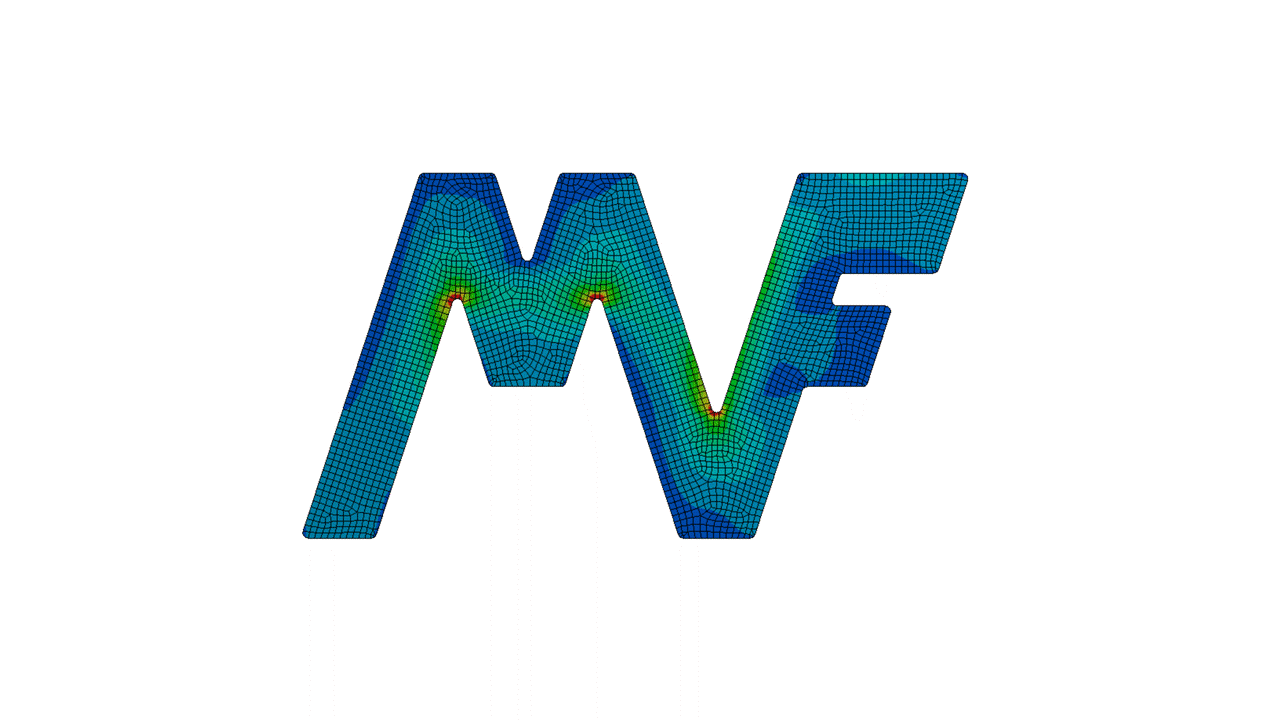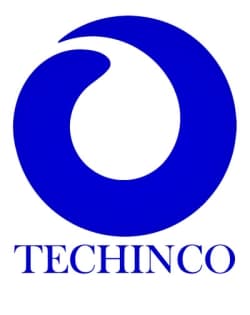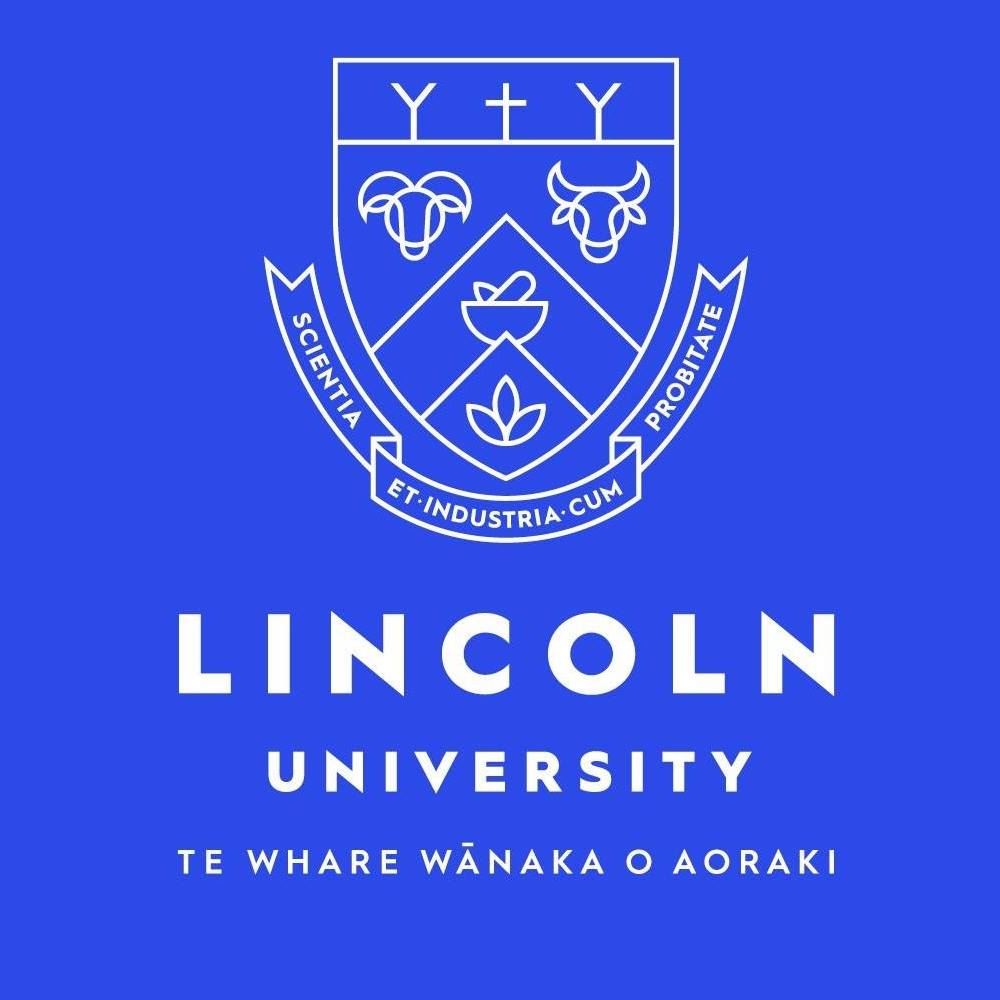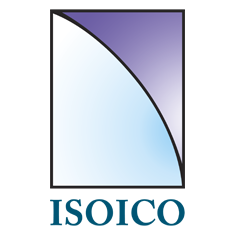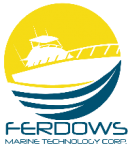Molecular Dynamics Simulation Training (LAMMPS):
In order to increase the level of knowledge and skills of students and researchers, BSB Company has been conducting LAMMPS software training to simulate molecular dynamics for researchers active in basic sciences and engineering.
Headlines:
Molecular Dynamics Simulation Training (LAMMPS)
In order to increase the level of knowledge and skills of students and researchers, Banyan Sanat Sanat Company has been conducting LAMMPS software training to simulate molecular dynamics for researchers active in basic sciences and engineering.
Headlines:
- Introducing Molecular Simulation
- Creating basic structure
- Introducing force fields and interactions
- Provide various examples
- Energy Structure Optimization
- Analyze and interpret the outputs
- Learn about software such as Avogadro, VMD and Ovitto
- Parallel processing on multilevel systems
Molecular dynamics:
Molecular dynamics is one of the branches of computational physics that simulates the interaction between atoms and molecules over time based on the laws of physics using a computer. This method was first applied in 1957 Alder and Wainwright based on the hard-core model. In year 4, Anees Rahman applied the soft-spherical model to the simulation. He is referred to as the father of molecular dynamics.
Molecular dynamics is a form of computer simulation in which atoms and molecules are allowed to interact for a period of time under the well-known laws of physics and give a perspective on the motion of atoms. Since molecular systems generally contain a large number of particles, it is not possible to obtain the properties of complex systems analytically. Molecular dynamics simulation solves this problem by applying a computational method. This method provides an intermediary between laboratory experiments and theory and is considered a virtual experiment.
Molecular dynamics examines the relationships between molecule structure, molecule motions, and molecular functions. Molecular dynamics is a multiple regularity system. Its laws and theories are derived from mathematics, physics, and chemistry, and apply algorithms to computer science and information theory. Molecular dynamics was first used in theoretical physics in the 1950s. But nowadays it is mostly used in materials science and biomolecules. Before molecular dynamics could be simulated with computers, some began to experiment with physical models such as macroscopic spheres [Source: Wikipedia].
LAMMPS software:
Lamps is a classic molecular dynamics code focused on modeling materials. The idea was developed by Sandia American Labs. It is an open source software that is capable of parallel processing. It is used in atomic, polymeric, biological, metal, granular, and coarse-grained modeling. It also has a variety of particle interaction potentials. In general, this software can model materials at different scales. The software is available for Windows, Linux and Mac operating systems. The authors and all those who helped develop this software are listed here. Featured videos and photos obtained from this software in international references are available and displayed here.
Download
The latest version of LAMMPS can be downloaded here, and even earlier versions are always available for download.

